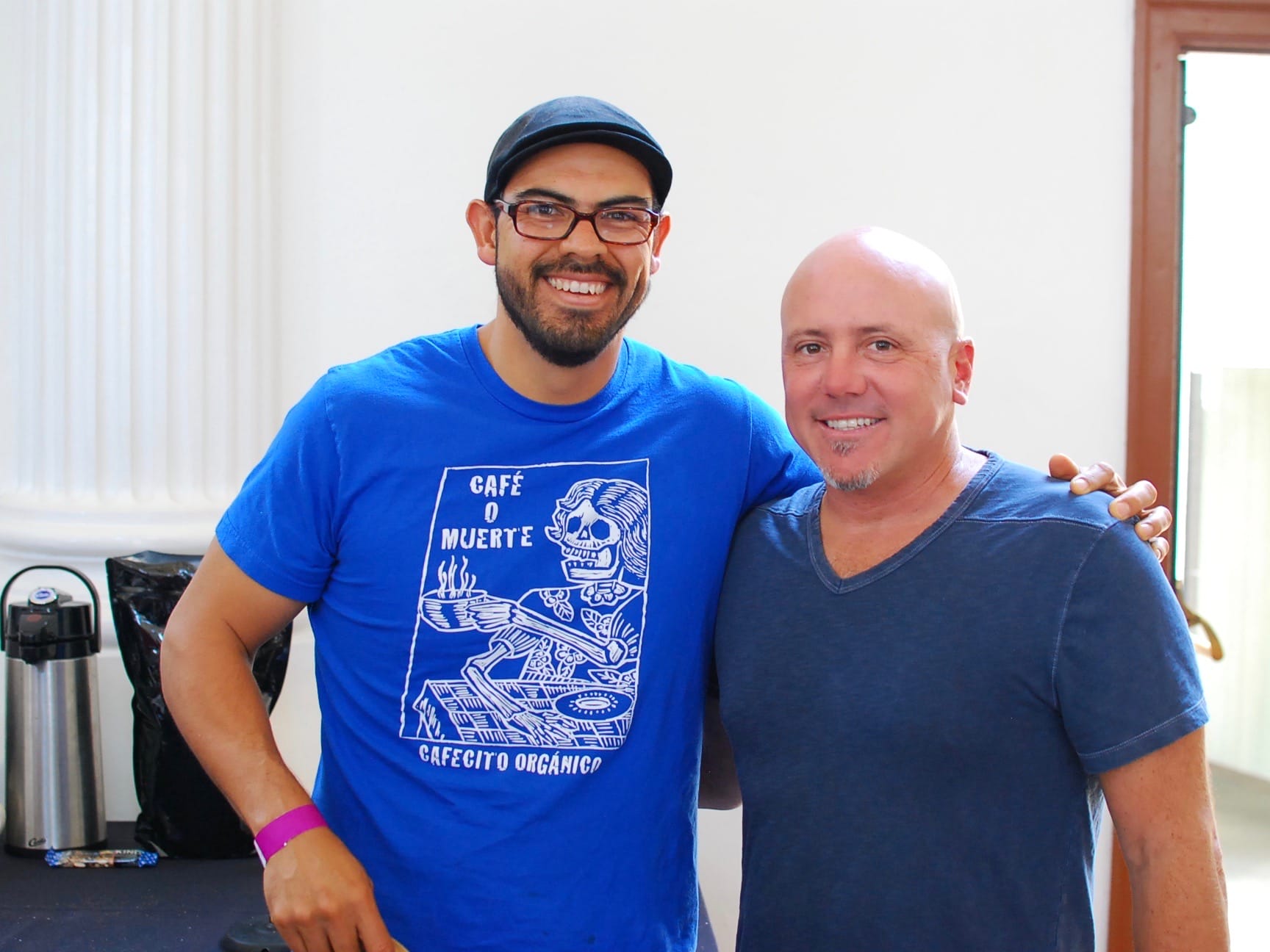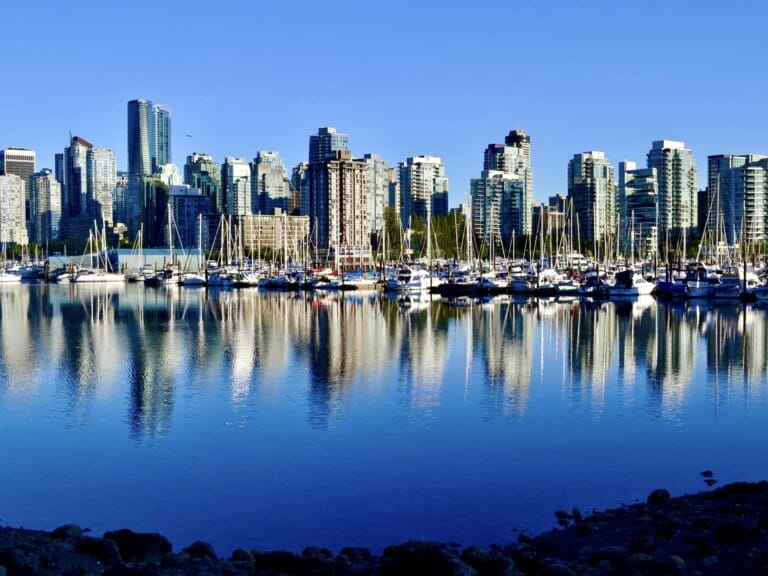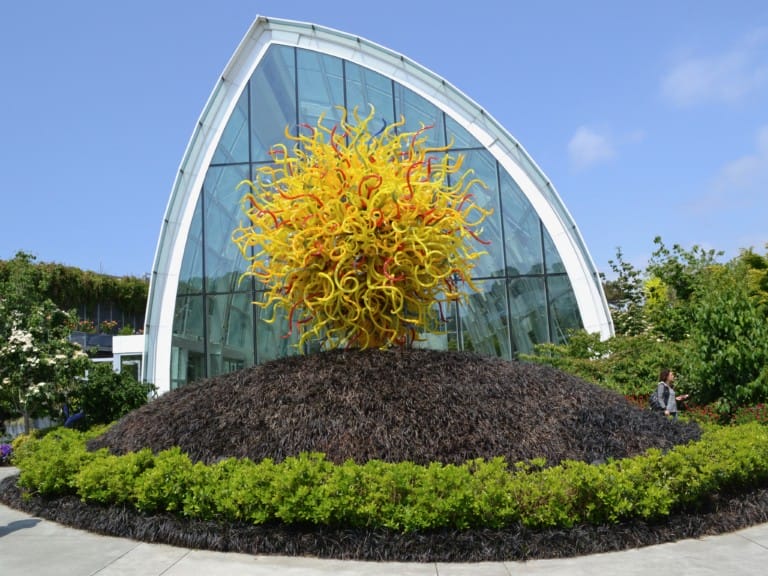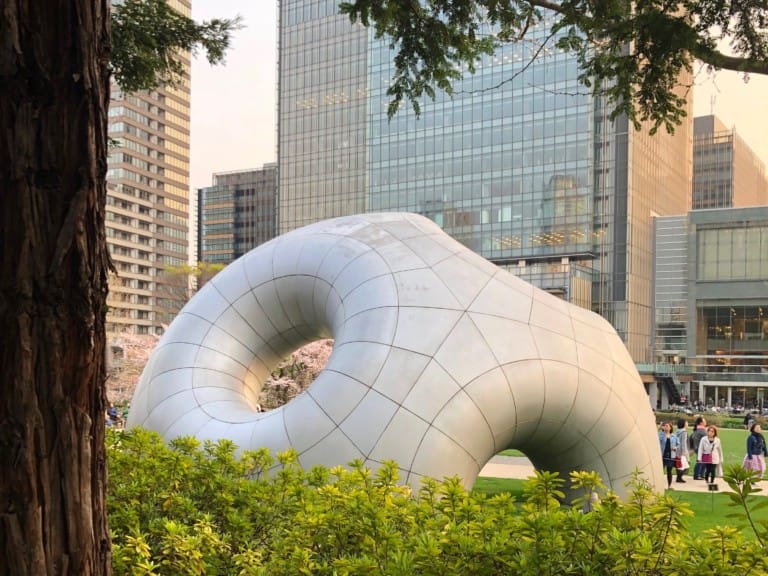Coffee and political activism course through Angel Orozco’s veins, and both factors prompted him to launch a coffee company in 2004. His operation originally went by the name Coffee Cellar and occupied a counter inside Sandi Romero’s culinary incubator by MacArthur Park. He joined forces with longtime coffee pro Mitch Hale, and in 2010, they built on success at the Hollywood and Silver Lake farmers markets by opening two locations of the next generation company, Cafecito Organico, in Silver Lake and the East Hollywood bicycle mecca, HelMel. Earlier this year, they formed a triumvirate with restaurateur, designer and builder John Sofio, allowing Cafecito to expand to Malibu, Costa Mesa and beyond while upgrading aesthetics. Orozco recently shared insights about his connection to coffee.
At what point did you know you’d work with coffee for a living?
I was always aware of the inequity in the coffee industry but I had not really thought about approaching it by involving myself in it. I met some small coffee producers in Guatemala who were being affected by the inequity in the coffee industry and the coffee they gave me to tinker with at home provided the impetus for my entry into the world of coffee.
I’ve had the interest to operate a coffee shop since i was an undergrad at UCLA, but it wasn’t until I began to experiment with roasting at home and realizing how amazing a freshly roasted cup of coffee tasted, that I began to consider the idea of a career in coffee.
What’s your favorite part about operating a coffee roasting company and cafe?
As cliche as it may sound, it is the relationships I have been able to develop over the years that have become my favorite part, and not only with our customers, but also with staff, coffee producers and other great people in the coffee industry.
I have always been an introvert but having to rely on interacting with people to make a living has caused me to be more communicative practically in all aspects of my life. I owe this to operating this business.
What’s the biggest challenge about working in coffee?
Fads I guess (and poachers)! There’s a certain element of the coffee industry that is too focused on who is currently the coolest kid in town or the latest piece of technology, sometimes to a point where we forget about the coffee.
Have you had any coffee mentors over the years? If so, who, and what knowledge did they share that proved so valuable?
Not really. I have relied heavily on experimentation, research and observing the evolution of coffee in the U.S. over the last 10 years.
Because I came into coffee from a political economy perspective my mentors were actually not involved in the coffee industry per se, but academics addressing the potential of coffee in preserving and enhancing biodiversity and livelihoods. Professor Susanna Hecht was my main influence.
You’ve obviously been in expansion mode lately. What’s possible for Cafecito Organico?
We have attended to several offers to open up shops in areas throughout Southern California, but we have always been undercapitalized. We recently partnered with a design and build firm to assist us with building out shops in the locations we felt were most appropriate for us to expand into, which currently includes Malibu and Orange County.
Our first two locations were easy for us to get off the ground mainly because they were spaces previously used for food service so there was not much in the form of initial costs.
The challenging part of expanding is that we have to build from the ground up and have to make sure where we expand to there is enough foot traffic and interest in our brand and coffee of this quality.
At the same time, there is great opportunity for us to incorporate design features that speak to our philosophy of social and economic justice, and sustainability.
Additionally, we want to place emphasis on creating spaces that are welcoming and comfortable for our customers and staff.
Ultimately it does come down to creating economy of scale. The higher our volume the greater our access to higher quality coffees, a greater ability to provide better wages and more benefits to our staff, a greater contribution to the preservation and enhancement of biodiversity and livelihoods at origin.
What does your new partner John Sofio make possible for the company, and how does that change the roles for you and Mitch?
He has a cabin and a boat!
John has a sense of design that we were missing that will allow us to manifest our brand beyond coffee alone while keeping to our roots. Mitch and I had been focused entirely on the coffee and bar flow with little regard to interior and exterior design.
We expect John to incorporate that farmers’ market experience that is at our origins into the design of our future stores.
The roles for Mitch and I don’t change much since john is not directly involved in the daily operation of the business. At the same time, the work Mitch and I do becomes more specialized and consequently allows us to develop more of a management team to oversee the stores, further develop relations with our staff and improve our customer service.
I am currently heavily involved in the administration of the business, green coffee purchasing, roasting and wholesaling. Mitch is in charge of front of the house.
As we work in developing a management team, I’ll be focusing on business development and green coffee purchasing entirely, while Mitch will focus on quality control, customer service and training.
What do you think makes Cafecito Organico unique?
I would say our commitment to social and economic justice, the quality of our coffee and the ingredients we use, and our very unique staff.
Describe a typical coffee consumption day, from the moment you wake up to the moment you sleep.
I start my day off with an espresso and follow it later on with a 6 oz cup of coffee. I’ll have another espresso after lunch and an iced decaf Americano at the end of the day. Unfortunately if I have caffeine in the late afternoon, I won’t be sleeping much.
What’s your preferred brewing method at home?
Stove top espresso.
What type of music do you like to listen to while you’re roasting or on bar, and is that answer different?
Lhasa de Sela and One Day as a Lion, African funk, 90s hip hop, rock en español.
If you could pull a guest shift at any other coffee bar for one day, what would it be and why?
In the U.S. probably at Four Barrel. i like the way they designed the bar to avoid having to put up spit guards, allowing for better interaction with customers, and of course they have great coffee.
Outside of the U.S., at the Refuge Coffee Bar in Antigua, Guatemala.
If you could only drink one more shot of espresso, who would pull it for you?
Chuy [a barista at Cafecito Organico].









Leave a Comment